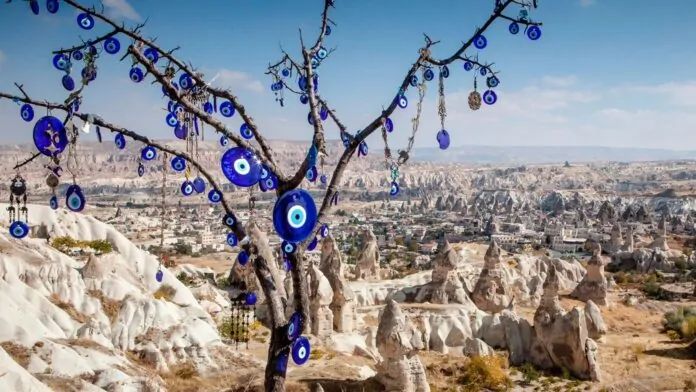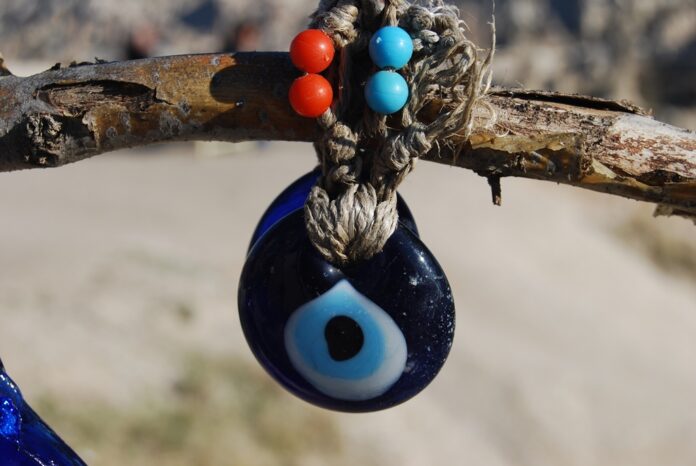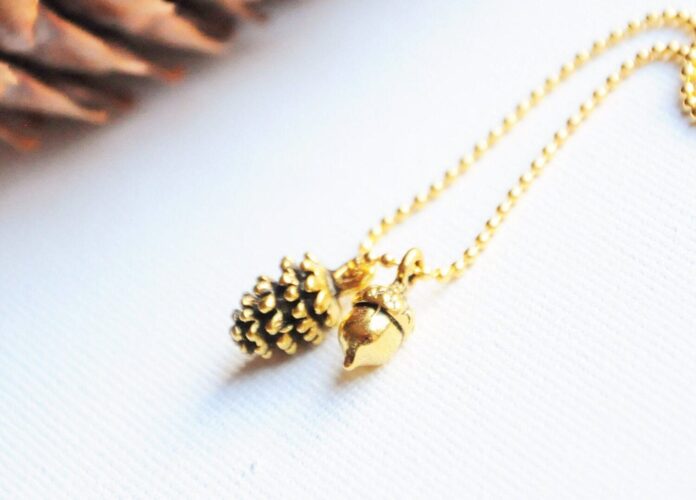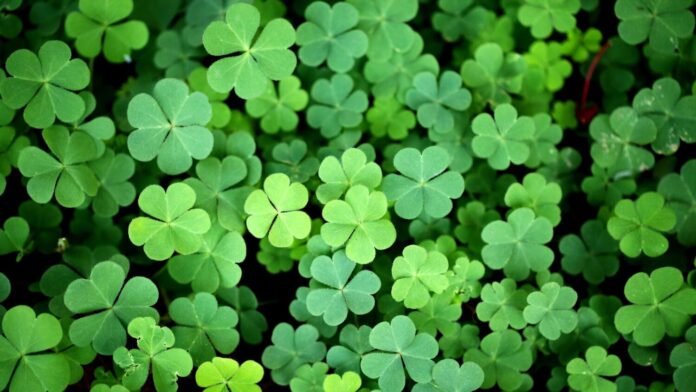
Table of Contents
Throughout the rich tapestry of human history, diverse cultures have woven intricate beliefs and superstitions around objects believed to bring good fortune and ward off evil. These objects, commonly known as lucky charms, are fascinating glimpses into the diverse ways societies perceive luck and its elusive nature. From ancient amulets to modern talismans, let’s embark on a journey around the world to explore the enchanting world of lucky charms.
1. The Four-Leaf Clover (Ireland)
Ireland, known for its lush landscapes and folklore, has given the world the iconic four-leaf clover as a symbol of good luck. The rarity of finding a clover with four leaves amid the more common three-leaf variety adds to its mystique. Each leaf is said to represent something special: hope, faith, love, and luck. Carrying or wearing a four-leaf clover is believed to bring good fortune and positive energy.
2. Maneki-Neko (Japan)
In the Land of the Rising Sun, the Maneki-Neko, or the beckoning cat, is a beloved symbol of good luck and prosperity. Often found in shops and businesses, this cat figurine with a raised paw is believed to attract customers and wealth. The raised paw is thought to be waving in good fortune, and the different colors of the cat have specific meanings, such as white for happiness and purity, and gold for wealth.
3. Nazar (Turkey)

The Nazar, or the evil eye amulet, is prevalent in Turkish and Middle Eastern cultures. The vibrant blue and white eye-shaped charm is believed to protect against the evil eye, a malevolent glare that is said to bring misfortune. Displayed in homes, worn as jewelry, or incorporated into various decorative items, the Nazar is a symbol of warding off negativity and preserving one’s well-being.
4. Hamsa (Middle East and North Africa)
The Hamsa, also known as the Hand of Fatima, is a hand-shaped amulet with an eye in the center, widely recognized in Middle Eastern and North African cultures. The Hamsa is believed to bring protection, happiness, and good fortune, while the eye in its center wards off the evil eye. This ancient symbol has transcended cultural boundaries, becoming a popular and cherished talisman worldwide.
5. Acorns and Pinecones (Scandinavia)

In Scandinavian folklore, acorns and pinecones are considered symbols of protection and good luck. The oak tree, which produces acorns, was sacred to the Norse god Thor, symbolizing strength and protection. Similarly, pinecones were associated with the goddess Freyja and were believed to bring fertility and prosperity. These natural charms were often carried or placed in homes to invite good fortune and safeguard against harm.
6. Jade Cicadas (China)
In Chinese culture, jade cicadas hold a special place as symbols of immortality and good luck. The cicada, with its association with rebirth and longevity, is believed to bring prosperity and ward off evil spirits. Carved from jade, a precious stone with deep cultural significance, these charms are often worn as pendants or incorporated into jewelry, serving as timeless emblems of good fortune.
Conclusion
Lucky charms from around the world reflect the universal human desire for protection, prosperity, and positive energy. Whether you use it for your day to day life, or in games of chance like baccarat online, these symbols, rooted in cultural traditions and beliefs, transcend borders and connect us through the shared hope for good fortune. Whether it’s a four-leaf clover, a beckoning cat, or a jade cicada, the allure of these charms lies in their ability to weave tales of luck that resonate across time and cultures. As we continue to navigate the unpredictable journey of life, these mystical tokens serve as reminders of the enduring human spirit’s quest for luck and well-being.

















